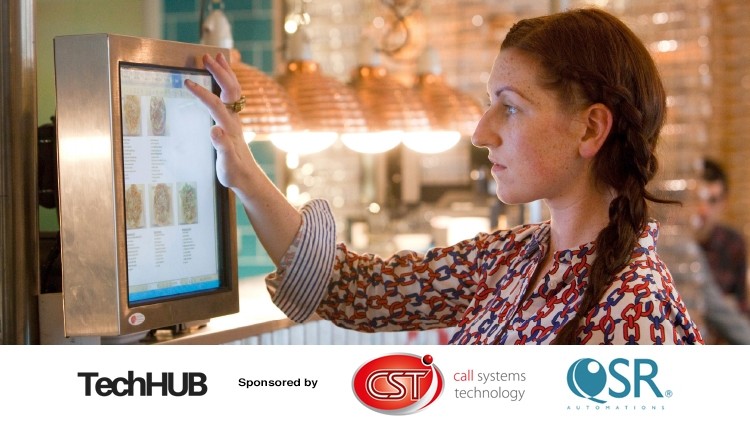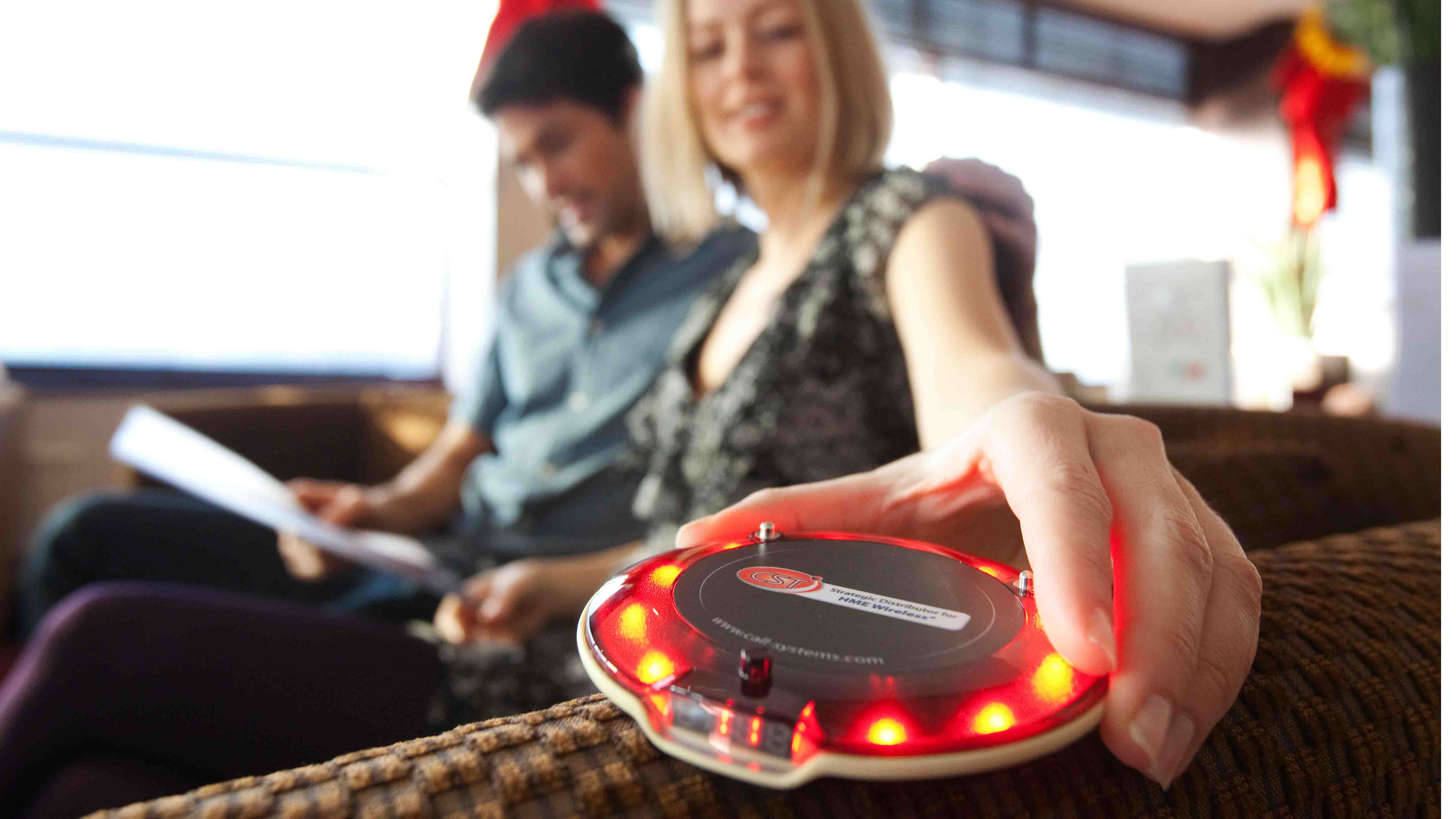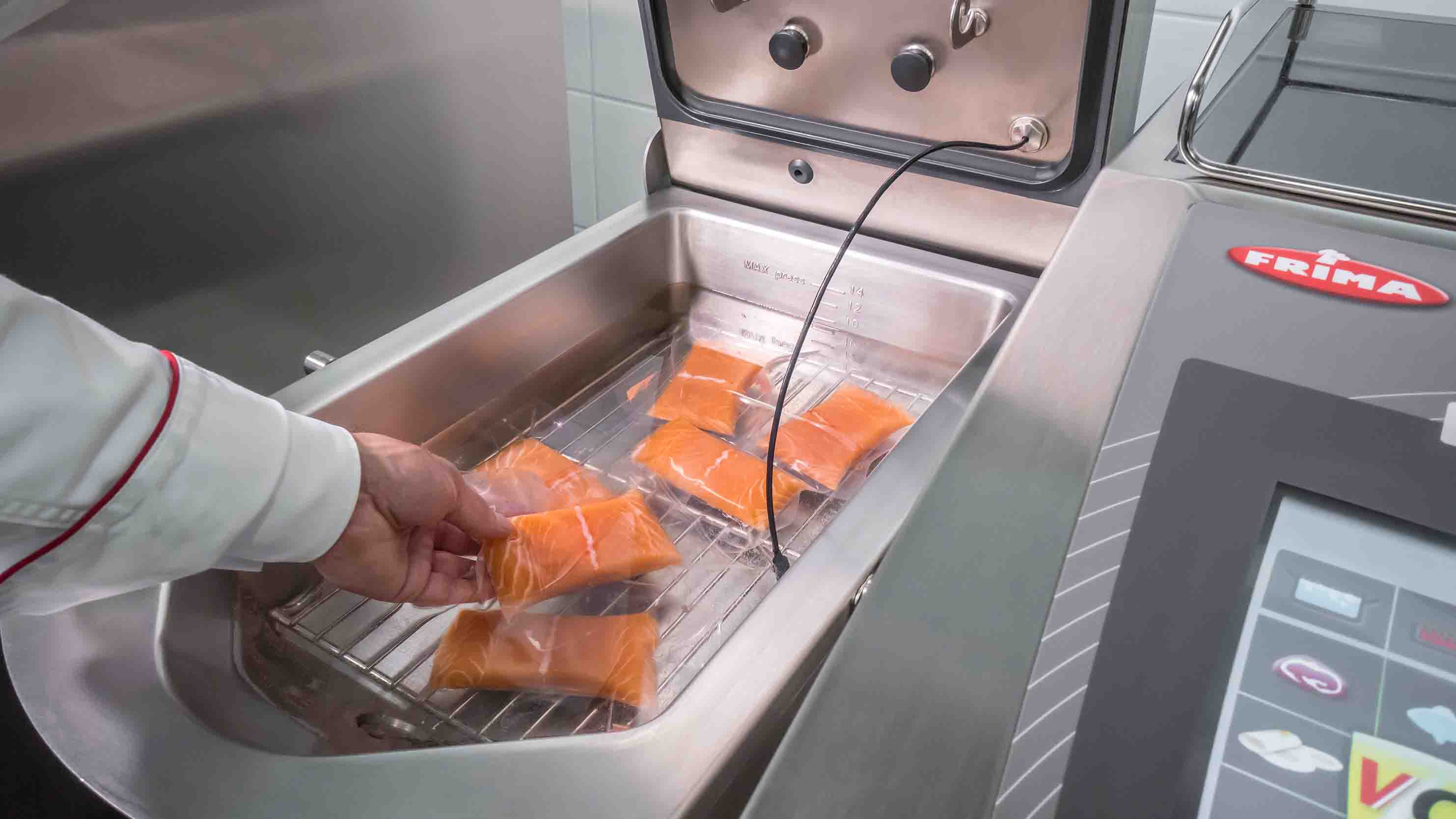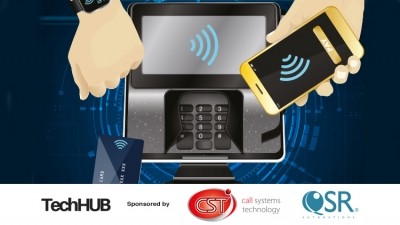Connecting the dots: how back of house tech is revolutionising restaurants

Ordered a burger from McDonald’s recently? Assuming you went to one of the fast-food giant’s new look ‘Experience of the Future’ locations, it was hopefully significantly hotter and fresher than usual. The Golden Arches has completely overhauled its back of house to eliminate the need to prepare many dishes in advance, a bold decision that has significantly bolstered food quality. Indeed, the innovation is credited with changing the company’s fortunes.
McDonald’s is at the forefront of a revolution in the way kitchens are run. Instant ordering and advanced kitchen management systems allow it to prepare food in mere seconds. Full-service restaurant operators might baulk at the idea of looking to Maccy Ds for inspiration, but when it comes to back-of-house tech, the company is leading the pack and has come up with new ways of working that aren’t only applicable to fast-food brands.
A few years ago, kitchen automation was regarded by some as expensive and a case of ‘tech for tech’s sake’, but a number of factors, including increased operational pressures and a lack of staff, means such systems are a necessity for many styles of operation, from steak player Flat Iron to bar restaurant group Drake & Morgan.
Systems such as QSR Automation’s ConnectSmart Kitchen (CSK) are becoming increasingly popular in multi-site restaurant operations. According to QSR Automations, such systems can relieve the stress on a busy kitchen by simplifying the food preparation process and ensuring that a table’s order is completed quickly with front-of-house staff kept in the loop about the status of the order at all times.
With CSK, when meals are ordered, chefs can view the order on interactive kitchen touch screens and determine which food items to focus on, taking into consideration prep times of each, so all items for a table are completed at the same time. Irrespective of whether cooking times vary for each dish, the system calculates average cooking times, allowing food production and speed to be carefully monitored.
Another such back-of-house automation system is Zonal Retail Data Systems’ Kitchen iQ, which has also been developed to improve speed and accuracy across the whole food delivery process, especially at times when kitchens are under pressure. As with CSK, Kitchen iQ is designed to get waiting and kitchen staff working in harmony to ensure food is served quickly and accurately.
Once orders are taken, kitchen screens present the information to the relevant cooking station, with warnings and alert times that make the kitchen aware of the progress. Colour-coded screens indicate the status of orders and help teams to move them through different stages. As orders progress, the system pages front-of-house teams to notify when they are ready.
Speed of service is a key metric for most casual operators and there are now a number of technologies that can help get food to the customer as quickly as possible. The Vuze system from Call Systems Technology (CST), helps quick-service operators to deliver food faster and fresher, without wasting time searching for customers. Once customers order their food, front of house simply hand them a guest tag that uses radio wave technology to track their movements.
Vuze is compatible with most kitchen display systems, or can be used on its own. “The system increases efficiencies while reducing congestion at the order counter and customers no longer need to gather at the counter, wondering when their food will be ready, creating a calmer, more enjoyable experience for them,” says a Vuze spokesperson.
The technology has an easy-to-use graphic interface that identifies the location of the customer’s guest tag in real time – eliminating the need for front of house to hunt for customer numbers on tables. Vuze ensures customers can be quickly located to notify them that their order is being delivered.
Smarter kitchen kit
Advanced kitchen management systems look likely to become more closely integrated with the actual kit used to cook the food over the next few years. Equipment industry body CESA is working with similar organisations across the world to create standards that will allow kit from different manufacturers to communicate with each other and report back to a central hub.
“A lot of manufacturers are creating their own reporting systems and equipment management systems. There’s a need for a platform that allows the operator to get access to all the information in one place,” says CESA chairman Keith Warren. “It will be great for oversight and managing costs, but like all emerging technologies there will be many benefits we don’t even know about at this stage. It’s future proofing.”
Warren believes there is much potential for kitchen equipment to communicate with kitchen management software. Hi-tech combi-ovens already know what they’re cooking, but what if other bits of kit were that clever? If a fridge knew what was inside it (through bar code scanning or similar technology), it could relay information about ingredients to other pieces of kit, such as telling a grill the weight of a steak. The projected cooking time of, say, a 350g steak could then be fed back to the kitchen management system.
With space so tight in city-centre locations, tech that monitors the supply chain very closely could be used to reduce the amount of stock restaurants need to hold on-site, an approach that would also greatly reduce wastage.
The Internet of Things
Some pieces of kitchen kit are already hooked up to the internet, allowing them to collect usage data, receive firmware updates and, perhaps most usefully, automatically report problems or potential problems to the manufacturer or servicing provider.
Rational’s ConnectedCooking system allows users to link their Rational SelfCookingCenters and Frima VarioCooking Centers to a network, and monitor operations over the internet. Executive chefs can check on overnight cooking processes from home, managers can check on operational efficiency of multiple units, and maintenance engineers can check a unit’s status. Rational says that this sort of connectivity will make kitchens safer and more efficient, and make managing equipment simpler.
“If there is a low skill base within the kitchen environment, employees do not need to be intimidated when using the Rational combi oven,” says a spokesperson. “The SelfCookingCenter can be set up to show as much or as little information as required. Importantly, pictorial controls can be used to overcome any language barriers for all cooking processes.”
Rational is also poised to launch a smartphone app that will give chefs access to the information without having to step outside the kitchen. The dedicated training app, which the manufacturer has been developing over the past three months, will put recipes, operational information and cooking advice in “the palm of chefs’ hands”.
Workflow management
Technology can also be used to improve operational efficiency outside of service. “Over the past 15 years, back-of-house technology has tended to focus on cost control in terms of labour and stock – everything else is still done on Post-it notes, white boards or hugely complex Excel spreadsheets,” says Joe Cripps, co-founder of operations management tool Trail. “In other industries, workflow and workforce task management is part of the IT budget, but hospitality is still far behind. Some staff are still doing long hours of administration.”
Trail, a smart checklist for operations management, was created to change this. At its simplest, it provides a daily list of tasks for teams to do and has been devised as a way of simplifying processes with social media-type tools that can be used by teams on the go. However, when integrated with other software and services, it becomes the central operational hub for an organisation and allows for a move towards a paperless operation.
“Health and safety is still being done on paper,” says Cripps. “When you are managing a multi-site operation, you often don’t know whether you are compliant across the business day to day. Trail is a real-time checklist tool that replaces paper and allows management to know if all teams are on track.”
According to Cripps, a paperless environment for restaurants is now a reality. Previously, he says that technology had been designed to replace paper with something that looked like paper, but now tech such as Trail is actually a digital tool that offers far greater benefits – allowing businesses to communicate in real time and compare sites across the group. “Trail really does cut down on paper – businesses go from ordering four boxes of paper a week to one every couple of months.”
Fourth Hospitality has also developed a system to reduce paper in a business, this time with mobile goods receipting. Its system removes all paper from the process of receiving goods from suppliers, smoothing the process of calculating goods ordered against goods actually received and those invoiced for.
“The more suppliers, the more room for inconsistencies in offer and performance,” says the company. “Trading manually brings paper trails, overpayments and delivery inaccuracies. Too often, with paper, what is ordered is not delivered (completely) yet is still invoiced, and because the back-of-house systems are not always as robust as they should be, the receiving restaurant will often just pay up.”
Fourth’s automated supply chain system features PDF invoicing and electronic proof of delivery that eliminates paper delivery notes and enables invoices to be handled quickly.
















